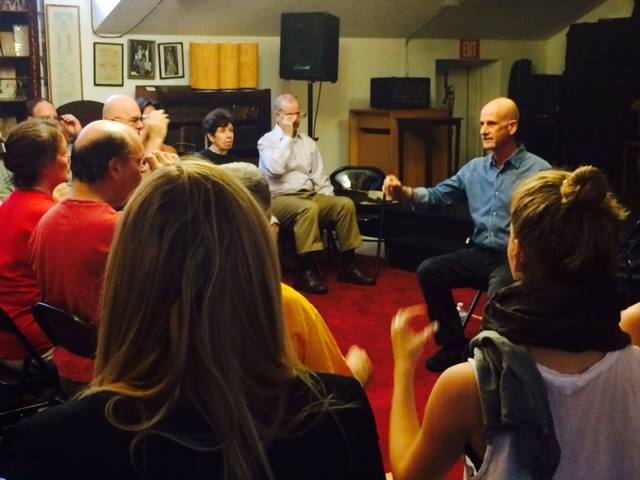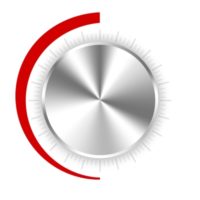 The Alexander Technique and Feldenkrais are related modalities. The Feldenkrais Method is named after its originator, Dr. Moshe Feldenkrais (1904-1984) as the Alexander Technique was named after F.M. Alexander (1869-1955). The Alexander Technique is the older of the two, and Feldenkrais was derived from Alexander.
The Alexander Technique and Feldenkrais are related modalities. The Feldenkrais Method is named after its originator, Dr. Moshe Feldenkrais (1904-1984) as the Alexander Technique was named after F.M. Alexander (1869-1955). The Alexander Technique is the older of the two, and Feldenkrais was derived from Alexander.
Feldenkrais started in the 1940s when Moshe Feldenkrais hurt his knee and was told he needed an operation. He looked to see if he could help himself. Similarly, Alexander developed his technique to remedy his vocal problems. He discovered that his holistic approach helped people with a myriad of conditions. The Alexander student learns to change detrimental postural habits, such as slumping, or rigid uprightness. The Alexander Technique is most known for it’s ability to help people with posture problems, back pain, and neck pain.
When F.M. Alexander lost his voice on stage in the 1890s, he decided to investigate the reasons why. He discovered that the head-neck-back relationship is key to good overall coordination and the elimination of habits of tension. Instead of exercises or manipulation, the Alexander Technique student learns how to incorporate improved coordination into daily activities. The Alexander Technique is traditionally taught on a one-to-one basis, though it can also be taught effectively in groups.
Moishe Feldenkrais drew from several sources including the Alexander Technique, martial arts, psychology and bio-mechanics. He was a black belt in judo and many of his ideas evoke qualities of that form. The method uses two formats, group work (movement sequences) and individual work (manipulation).
A typical Alexander Technique lesson involves taking a close look at the student’s patterns during common movements such as bending, walking, reaching, sitting at the computer, standing, etc. The student learns to do everyday actions with less muscular tension. Part of each lesson is devoted to the teacher assisting the release of tension while the student is lying on a massage table. In these and other ways, the Alexander Technique helps decrease or eliminating pain.
In Feldenkrais group work clients lie on the floor and are guided through many different sequences (over 2,000) that help differentiate functions of movement. Flexibility and efficiency are achieved through reprogramming the client’s nervous system so he/she can become aware of muscular effort is being used. The goal of manipulation during an individual session is to re-educate the neuro-muscular system towards more accurate sensing.
Body Learning, by Michael Gelb is a good introductory Alexander Technique book. Alexander himself wrote four books, which precisely describe what he discovered and how the mind and body function as one. Feldenkrais introductory books include Relaxercise by Zemach-Bersin and Reese, and Awareness Heals: The Feldenkrais Method for Dynamic Health by Steve Shafarman.
Certification for Alexander Technique teachers is through three years of daily study. Alexander teacher training requires over 1600 hours over three years before certification. A Feldenkrais practitioner requires over 800 hours over three years.
Join in!
Have you experienced the Alexander Technique and the Feldenkrais Method?
What stands out as important similarities or differences?
Mark Josefsberg-Alexander Technique NYC
(917) 709-4648










Leave A Comment